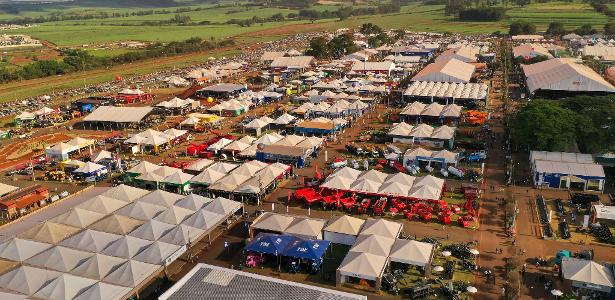A team of scientists recently discovered that the landscape of the Iridania region, located in the southern hemisphere of Mars, may have been formed by intense volcanic activity. The researchers analyzed evidence of different types of volcanoes that may have influenced the formation of the planet as we know it today. The discovery could also help solve the biggest mystery surrounding Martian history: Was there life at all?
Read more
Unlike Earth today, Mars has little or no volcanic or tectonic activity. Furthermore, since about half of the Red Planet's surface appears to be more than 3.5 billion years old, this suggests that recycling of the Earth's crust did not occur on a large scale on Mars.
On our planet, this process is driven by tectonic plate movements, causing surface material to be recycled into the mantle between the Earth's crust and its molten core.
The team behind this new research studied the morphology and mineralogy of the Eridania region in the Southern Hemisphere using data from spacecraft around the Red Planet, including Mars Global Surveyor, Mars Odyssey, and Mars Reconnaissance Orbiter.
Several features of the Eridania region have attracted special attention for some time. Gamma-ray spectroscopy shows that this is a region of the crust with a particularly distinct composition, gravity data have shown that it is generally less dense and thicker than the rest of the Martian crust, and magnetic data show that it is an intensely magnetized crust. .
Esther Cowart, a planetary geologist at the Planetary Science Institute
They identified 63 patterns of volcanic activity that had previously been discovered in four different types of volcanoes. The team suspects that the Eridania region alone contains hundreds of other examples of volcanic activity, remnants of episodes of intense geological activity on Mars about 3.5 billion years ago.
the origin of life
- The newly discovered geology of Mars could also help determine how life originated on Earth.
- This is because the above processes could prove theories that the origin of life came from organisms that emerged from porous hydrothermal vents, places where hot, mineral-laden seawater seeped out of cracks in the oceanic crust.
- Perhaps the same thing happened on Mars.
- The large basins of the Eridania region were once home to a system of lakes known as the Paleolic Eridania Lake, which were more than a kilometer deep.
- Volcanic vents near abundant water may have fueled hydrothermal systems that could be responsible for the origin of life, just as on Earth.
- The research was published in the journal nature.
- Information is from Space.com website.

“Hardcore beer fanatic. Falls down a lot. Professional coffee fan. Music ninja.”



:strip_icc()/i.s3.glbimg.com/v1/AUTH_08fbf48bc0524877943fe86e43087e7a/internal_photos/bs/2024/l/l/FDCBwbQ3ATPnwSxoqU7w/tt-whatsapp-11.jpg)



More Stories
The 20 most beautiful names in the world according to science
6 strategies to dry faster
Do you want to work at NASA? These are 43 citizen science projects aimed at doing real science